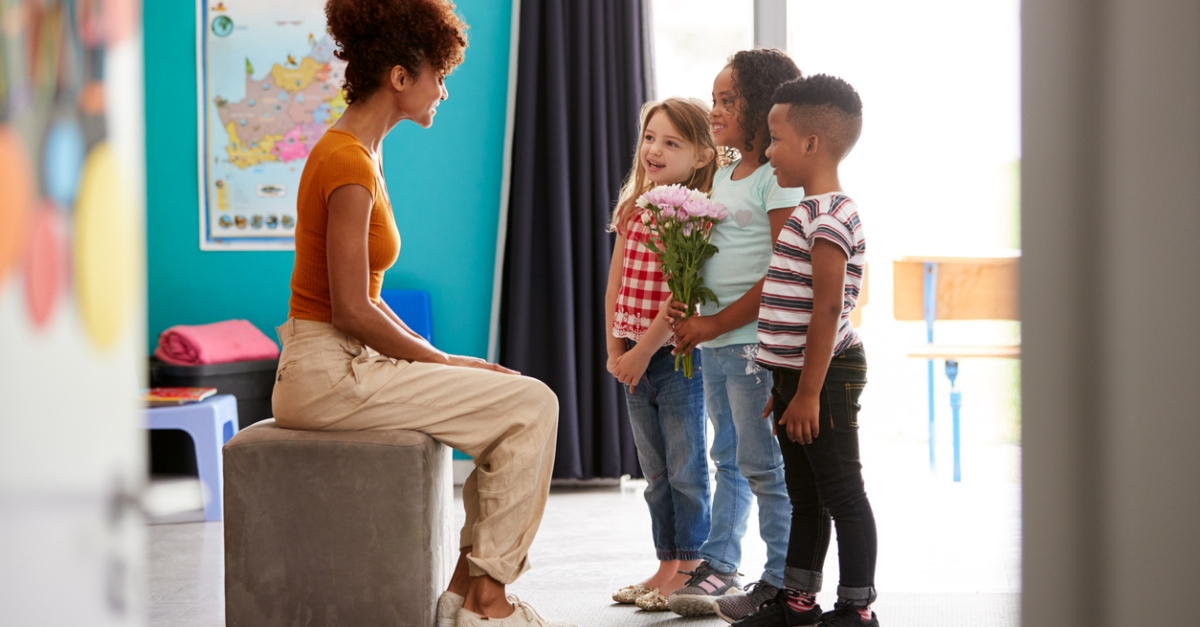
In the last year, the universe has taught us a serious lesson about gratitude. I don't know many people who experienced all this turbulence and did not come out the other side more grateful for what they have. Kids should be feeling that, too. It's important to instill an attitude of gratitude in kids of all ages. Some kids are naturally very aware and grateful. For others, it takes a little more work to stop and take it all in. Regardless of which category your child falls into, it's a quality you definitely want to nurture. Thankfully, as we've all developed gratitude of our own, many brilliant parents and educators were a step ahead of us. There are wonderful resources out there to help teach your children to be more grateful. Some are more elaborate than others, but all are ways to incorporate gratitude in your day-to-day. The variety of gratitude activities makes it easy to find something that works for your brood.
Give Gratitude Gifts
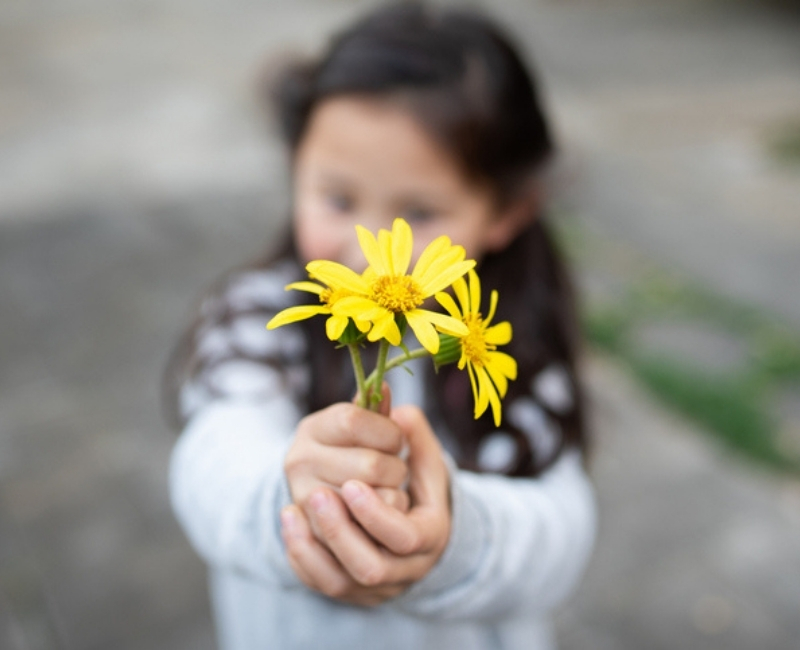
Younger children learn the idea that you get a gift for doing something or for an occasion. It's nice to teach them the beauty of doing something for someone just because. Make gratitude gifts a tradition in your family by doing something small for each other to show your appreciation for each other's place in your lives.
Gratitude Jar
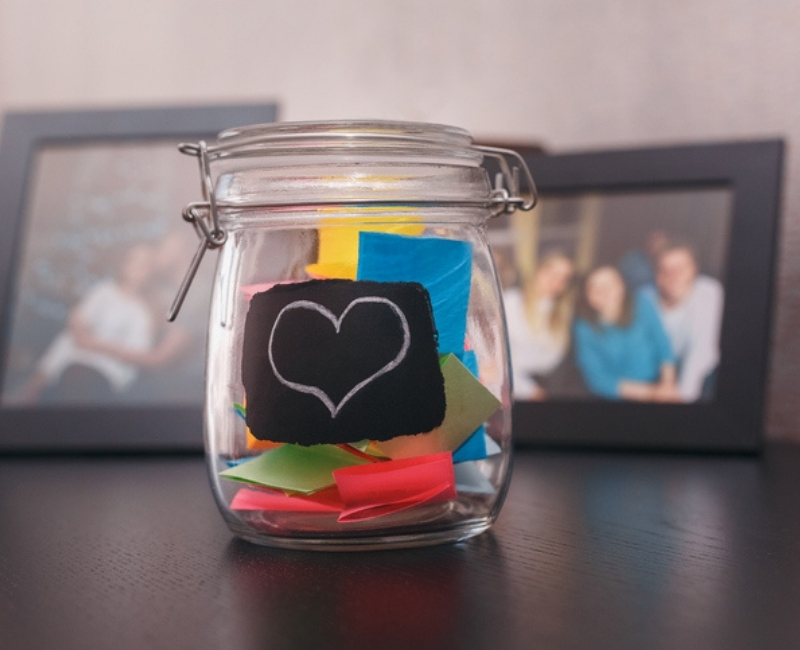
A gratitude jar is a great way to teach kids to be grateful in the moment and be grateful for good memories. Kids will write down good things that happen. Later, when they need a boost, they revisit the jar to think of the good things.
Gratitude Photo Challenge

Remember when Instagram photo challenges were the site's main content? They're fun and easy to get involved in. Many kids these days have a toy or device that takes photos, so it works for almost all members of the family. You can create your own prompt for each day (for a week, a month — you choose), or check out some ideas online.
Grateful Board

Keep a dry-erase board with the sentence "I am grateful for …" written on it in an area of your home where everyone can get to it. Encourage kids to update theirs daily or weekly, but don't write anyone's names. That way, kids will feel freer to say what's on their mind, even if you might notice the different handwriting.
Gratitude Journal
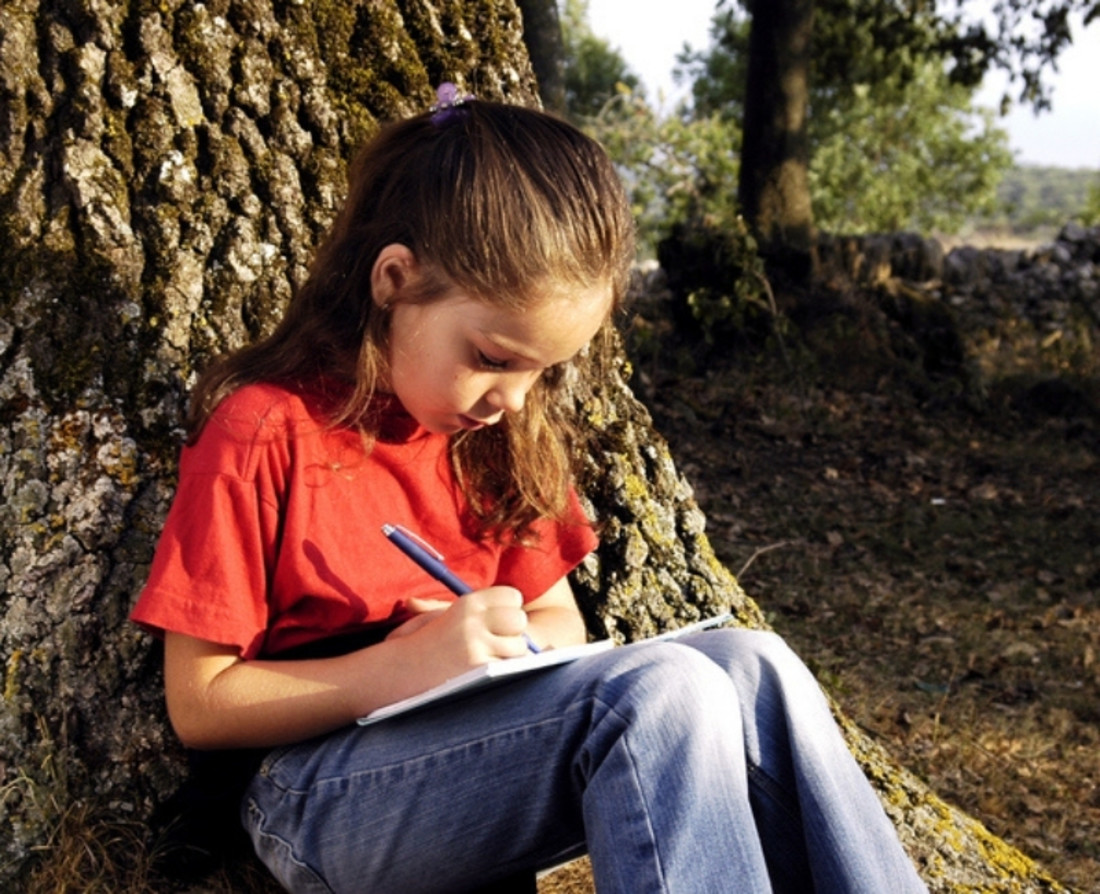
Getting kids into journaling is a wonderful outlet that they'll enjoy for years. Start with a simple gratitude journal. They can write a sentence or two about anything they're grateful for. If they come to enjoy it, they can expand it as they get older and have more to say about their lives.
Gratitude Graffiti
The Gratitude Graffiti Project works to bring larger-scale gratitude displays into communities. They foster a sense of community while also giving people a prompt to stop and be grateful in the midst of their day. It's a bigger project that's great for a kid looking to do service in their community.
Gratitude Meditation
Introducing mediation to kids is a wonderful way to increase mindfulness. It's also a wonderful way to explore gratitude. YouTube offers a variety of gratitude meditations that are appropriate for kids and easy to work into your day.
Gratitude Rocks
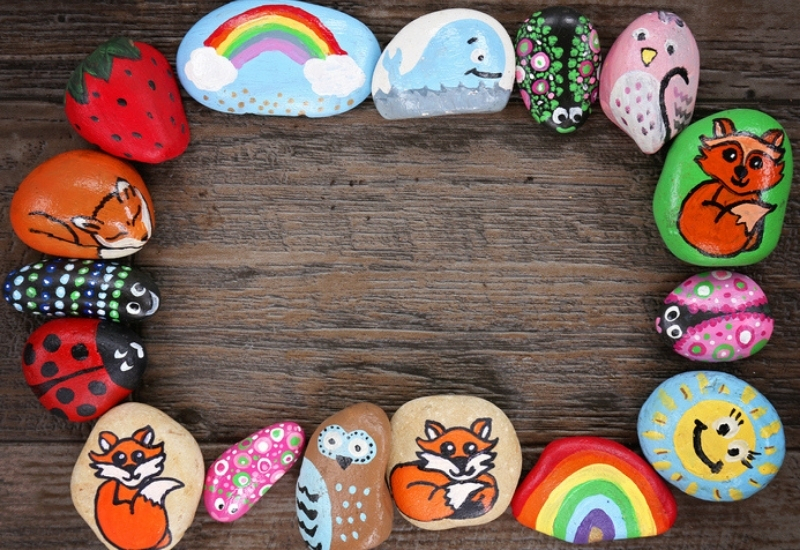
If your child loves art, painting rocks is a fun and simple activity. Add gratitude to the mix by challenging your child to paint things they're grateful for. Kids old enough to pick up a paintbrush can join in the fun.
Give Back

Find a way for your family to get involved with giving back to your community. You can volunteer at a food pantry, donate clothes and toys to a local organization, or do whatever makes sense for you. Then, teach your kids about why you're helping, who you're helping, and how you're helping.
Nature Walk

It's more important than ever to teach your kids to be grateful for the world around them. Too many people have taken our planet for granted, leaving us vulnerable to all kinds of dangers. Explain to your kids why we're forever grateful to Mother Nature by pointing out all the marvelous things nature has to offer near you.







